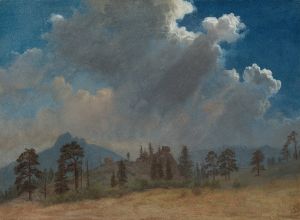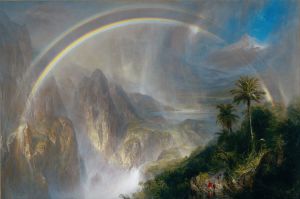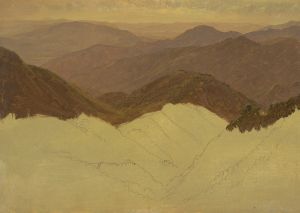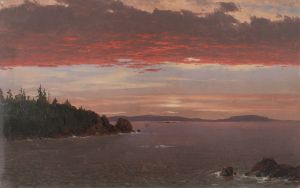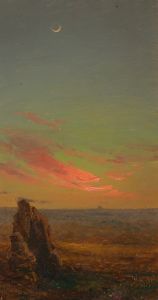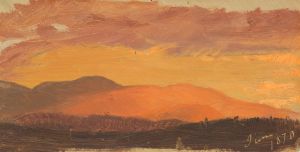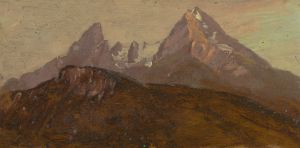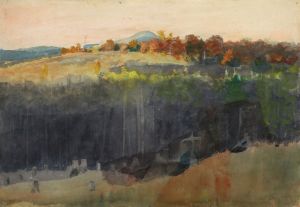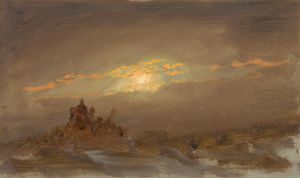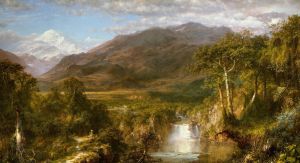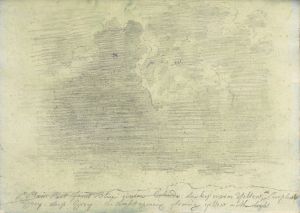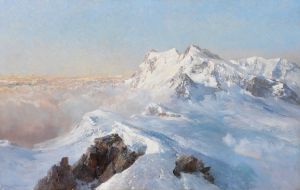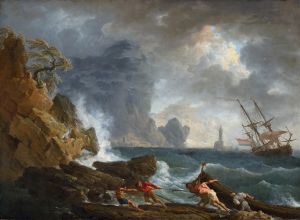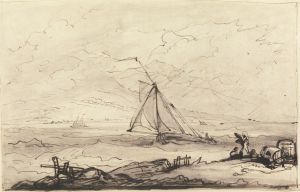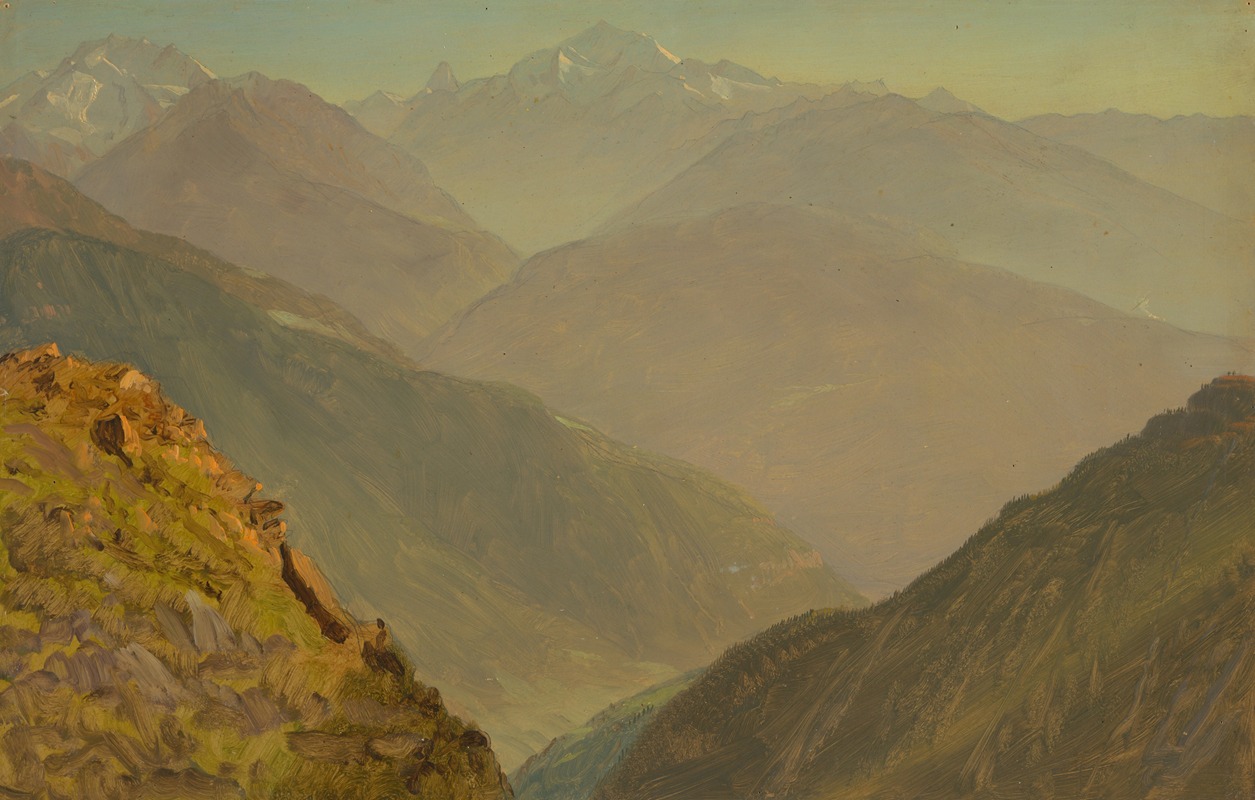
The Watzmann and Goell, near Berchtesgeden
A hand-painted replica of Frederic Edwin Church’s masterpiece The Watzmann and Goell, near Berchtesgeden, meticulously crafted by professional artists to capture the true essence of the original. Each piece is created with museum-quality canvas and rare mineral pigments, carefully painted by experienced artists with delicate brushstrokes and rich, layered colors to perfectly recreate the texture of the original artwork. Unlike machine-printed reproductions, this hand-painted version brings the painting to life, infused with the artist’s emotions and skill in every stroke. Whether for personal collection or home decoration, it instantly elevates the artistic atmosphere of any space.
"The Watzmann and Göll, near Berchtesgaden" is a painting by the renowned American landscape artist Frederic Edwin Church. Church was a central figure in the Hudson River School, a mid-19th century American art movement characterized by its realistic and detailed portrayals of nature. Known for his grand and expansive landscapes, Church's works often depicted dramatic and sublime scenes, capturing the beauty and power of the natural world.
This particular painting, "The Watzmann and Göll, near Berchtesgaden," showcases Church's fascination with the European landscape, a subject he explored during his travels abroad. The painting features the Watzmann and Göll mountains, located in the Bavarian Alps near the town of Berchtesgaden in Germany. These mountains are part of a picturesque and rugged landscape that has long attracted artists and tourists alike.
Frederic Edwin Church was known for his meticulous attention to detail and his ability to capture the atmospheric effects of light and weather. In this painting, Church employs his signature style to depict the majestic peaks of the Watzmann and Göll, bathed in the soft light of either dawn or dusk. The composition is carefully balanced, with the mountains rising dramatically against a sky filled with clouds, creating a sense of depth and grandeur.
Church's interest in the European landscape was part of a broader trend among American artists of the time, who sought to expand their horizons and draw inspiration from the Old World. His travels in Europe allowed him to study the works of European masters and to experience firsthand the landscapes that had inspired them. This exposure influenced his artistic development and enriched his repertoire of subjects.
"The Watzmann and Göll, near Berchtesgaden" reflects Church's ability to blend his American sensibilities with European influences, resulting in a work that is both familiar and exotic to his audience. The painting not only captures the physical beauty of the Bavarian Alps but also conveys a sense of the sublime, a quality that was highly valued in the art of the Hudson River School.
Church's work was well-received during his lifetime, and he enjoyed considerable success and recognition. His paintings were celebrated for their technical skill and their ability to evoke emotional responses from viewers. Today, Church is regarded as one of the foremost landscape painters of his era, and his works continue to be studied and admired for their artistic and historical significance.
"The Watzmann and Göll, near Berchtesgaden" remains an important example of Church's European landscapes, showcasing his ability to capture the essence of a place and to convey the awe-inspiring beauty of the natural world. The painting is a testament to Church's skill as an artist and his enduring legacy in the world of art.





